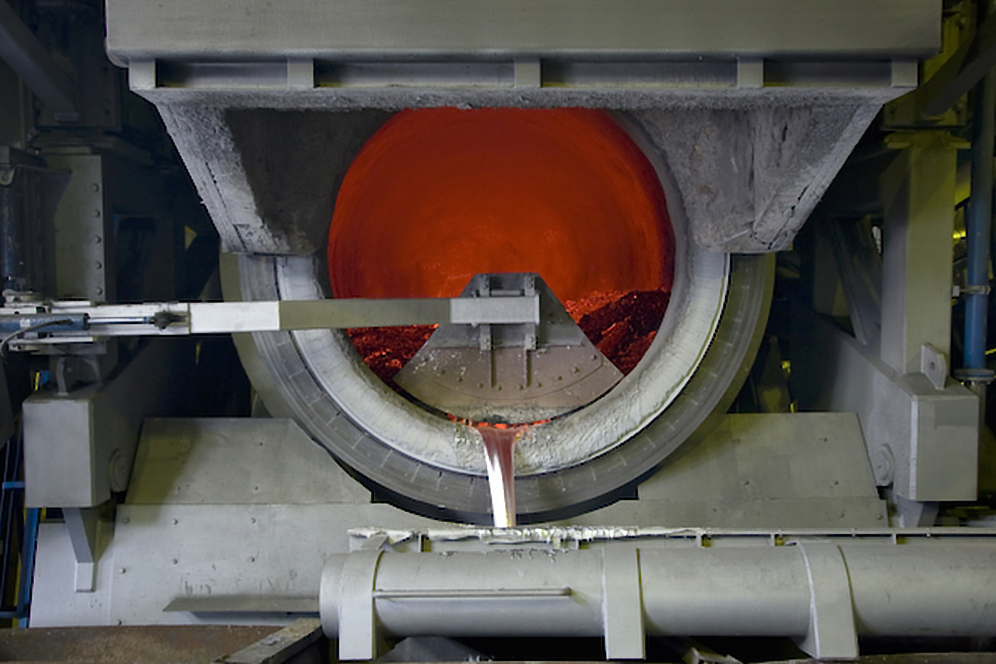Aluminum sector needs $1.5 trillion just to decarbonize power

About $1.5 trillion of investment is needed to decarbonise electricity supplies used to make aluminium so the sector can start meeting United Nations climate goals, an industry group said on Tuesday.
But that huge investment is only a portion of the funds needed so output of aluminium, one of the most energy intense metals, can cut emissions by 2050, the International Aluminium Institute (IAI) said in an online presentation.
Around 60% of the aluminium sector’s emissions are from the production of electricity consumed in the smelting process, but investment is also needed to shift to green hydrogen, deploy carbon capture and boost recycling, it added.
“It’s a big number… It’s not something that the industry has the resources to achieve on its own,” said Pernelle Nunez, director of sustainability at the IAI.
“It’s a joint effort in terms of the industry, government, and investors playing their role to deliver on these commitments.”
The aluminium sector would have to slash greenhouse gas emissions by 95% by 2050 to 53 million tonnes from 1.1 billion tonnes to help limit a rise in global temperatures to 1.5 degrees Celsius above pre-industrial levels, Nunez said.
The total price tag was unclear because of the rapid changes taking place, she added. “It’s quite challenging because some of these technologies are quite new.”
Under the 1.5C scenario, the carbon intensity of primary aluminium would have to tumble to below 1 tonne of CO2 per tonne of metal by 2050 from 16.1 tonnes currently, the IAI said.
Primary aluminium production would rise only modestly by 4 million tonnes to 68 million by 2050, but recycled output would more than double to 81 million tonnes from 32 tonnes under that scenario.
Recycling cuts about 95% of emissions compared to primary output.
(By Eric Onstad; Editing by Jonathan Oatis)
More News
Gold price slumps as traders mull rate outlook
Gold fell the most in a week as the dollar hit a multi-month high.
November 04, 2025 | 02:11 pm
{{ commodity.name }}
{{ post.title }}
{{ post.date }}




Comments